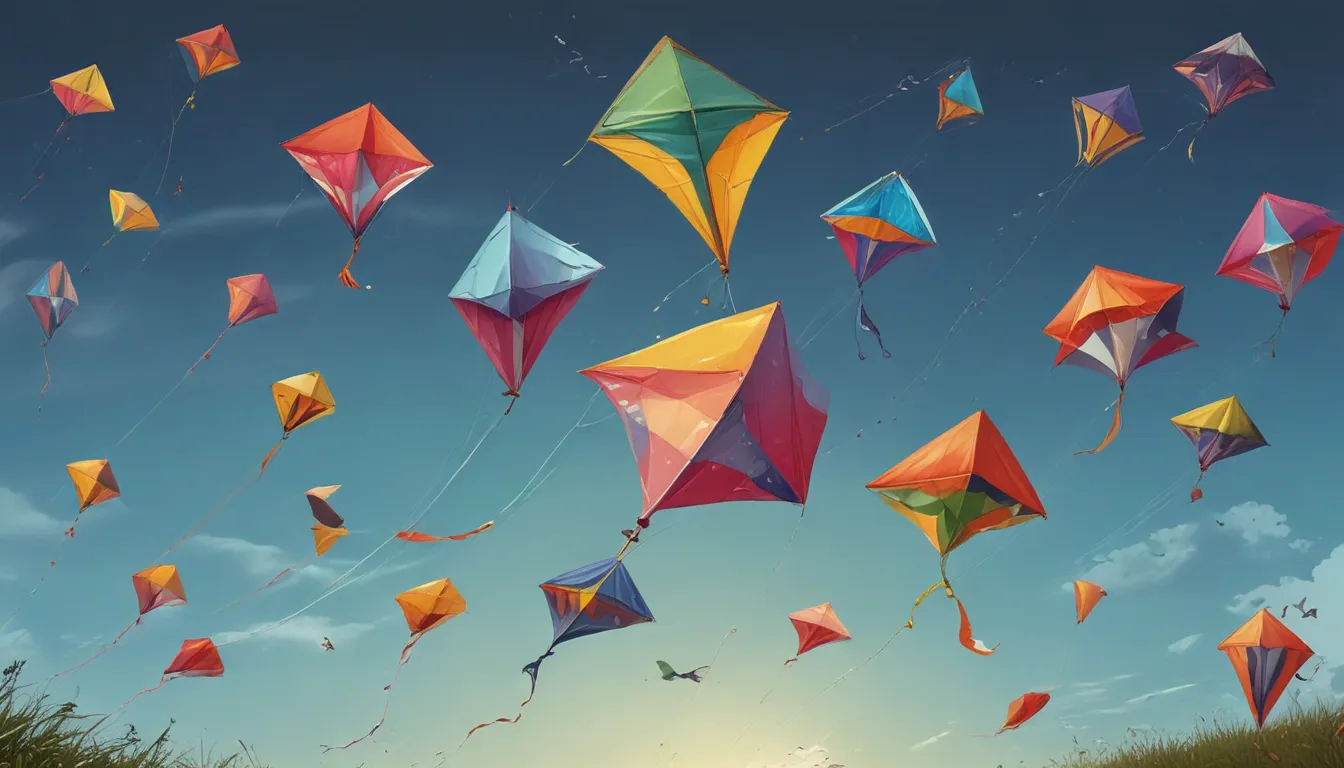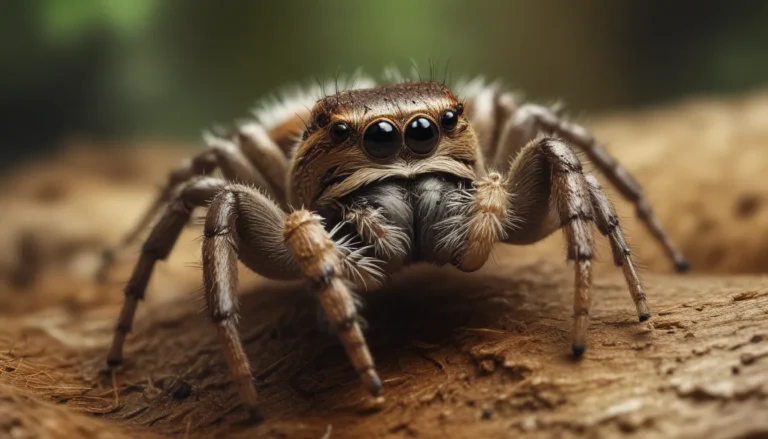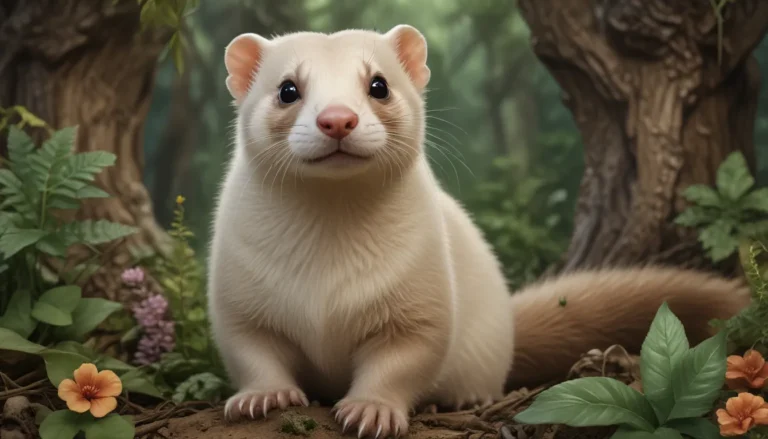The pictures we use in our articles might not show exactly what the words say. We choose these pictures to make you interested in reading more. The pictures work together with the words but don’t take their place. The words still tell you the important facts.
Kites, those mesmerizing objects that grace the skies with their presence, have captivated humanity for centuries. From children's playful endeavors to the grand mastery of professional kite flyers in international competitions, kites hold a trove of intriguing facts and history that unveil their enchanting allure.
Delving into the World of Kites
Kites are not mere toys but symbols of culture, innovation, and creativity. They serve diverse purposes, from scientific research to recreational enjoyment, making them an integral part of human experience. Let's embark on a journey to explore 16 captivating facts about kites that will deepen your appreciation for these magical creations.
Unveiling Fascinating Insights
-
Kites' Ancient Origins: The history of kites traces back over 2,000 years to ancient China, where they were initially utilized for military signaling and distance calculation purposes.
-
Diverse Shapes and Sizes: From classic diamond shapes to intricate dragon designs, kites come in a variety of shapes and sizes, some reaching lengths exceeding 100 feet.
-
Ben Franklin's Electrifying Experiment: In 1752, Benjamin Franklin famously used a kite during a thunderstorm to demonstrate that lightning was a form of electricity, leading to groundbreaking discoveries in the field.
-
Meteorological Applications: Meteorologists employ specialized kites equipped with instruments to measure atmospheric data like wind speed, humidity, and temperature.
-
Recreational Joy: Beyond its scientific utility, kite flying is a delightful pastime that offers relaxation and outdoor enjoyment, celebrated through festivals and competitions worldwide.
-
Thrilling Kiteboarding: Kiteboarding merges elements of kitesurfing and wakeboarding, requiring skill and balance to navigate the waters propelled by a large kite.
-
Aerial Photography Marvels: Through kite aerial photography, photographers capture stunning aerial shots by attaching cameras to kites, offering unique perspectives from the skies.
-
Scientific Research Tools: Scientists utilize kites for studying phenomena such as bird migration, air pollution, and atmospheric conditions, showcasing their versatility.
-
Cultural Significance: In certain cultures, kite making and flying are considered art forms, fostering cultural traditions and artistic expressions.
-
Literary and Cinematic Presence: Kites have graced various works of literature and movies like "Mary Poppins" and "The Kite Runner," imbuing stories with symbolism and depth.
-
World's Largest Kite: The record-breaking largest kite boasts a wingspan exceeding 130 feet, showcasing the remarkable ingenuity of kite enthusiasts.
-
Enhancing Fishing Techniques: In coastal regions, kites are utilized for sport fishing, enabling fishermen to cast their lines further into the ocean.
-
Material Diversity: Kites can be crafted from a range of materials, blending traditional bamboo and paper with modern options like nylon and polyester.
-
Advertising With Kites: Companies utilize kites with banners for advertising, drawing attention through captivating aerial displays.
-
Kite Fighting Tradition: Kite fighting competitions are popular in countries like India, Afghanistan, and Pakistan, where participants engage in battles to cut opponents' kite strings.
-
Space Scientific Experiments: Scientists conduct experiments with kites in space to study fluid dynamics and flight physics under microgravity conditions, unlocking new insights.
Appreciating the Magic of Kites
In closing, kites stand as captivating entities that symbolize freedom, creativity, and human ingenuity. Whether soaring through the skies for fun, cultural celebrations, or scientific pursuits, kites continue to enchant individuals of all ages. Through the exploration of these 16 intriguing facts, we unveil the rich tapestry of history, construction, and cultural relevance that makes kites more than mere toys.
FAQs: Unlocking More Insights
-
Invention of Kites: Kites were invented in ancient China around 2,500 years ago for military and signaling purposes.
-
Kite Materials: Traditional kites utilize light materials like bamboo, paper, and fabric, while modern kites can incorporate diverse elements like fiberglass, carbon fiber, and ripstop nylon.
-
Largest Kite Record: The largest kite flown had a 1,016-foot wingspan, crafted by enthusiast Robert Moore in 2004.
-
Kite Festival Purpose: Kite festivals celebrate the joy of kite flying, showcase unique designs, and promote cultural exchange on a global scale.
-
Kite Flying Safety: Safety measures include selecting open areas away from obstacles, being cautious of wind strength, and using appropriate string lengths to prevent accidents.
-
Kites in Research: Kites have been instrumental in scientific research, particularly in meteorology and wind pattern studies at varying altitudes.
-
Notable Kite Traditions: Events like the International Kite Festival in Gujarat, India, and the Washington State International Kite Festival in the US draw enthusiasts worldwide.
-
Kite Flying for All: Kite flying is a universal activity suitable for all ages, requiring practice and understanding of wind conditions for a rewarding experience.
Embracing the Wonder of Kites
Kites beckon us to marvel at their elegance, history, and versatility. Whether setting them free in the wind or watching them dance across the skies, there's a magical allure that transcends time and culture. So, the next time you gaze upon a soaring kite, let its enchanting presence remind you of the boundless creativity and joy that these flying marvels bring to our world.






